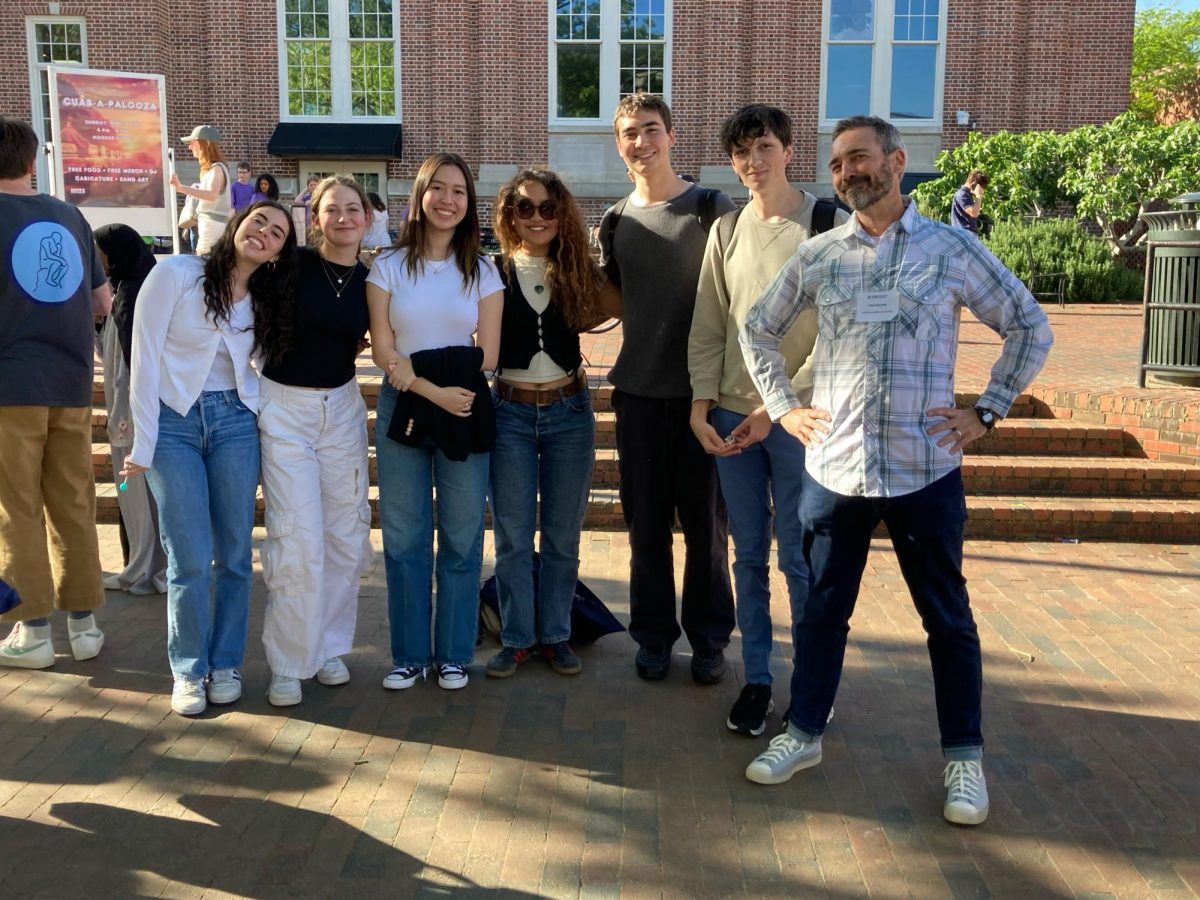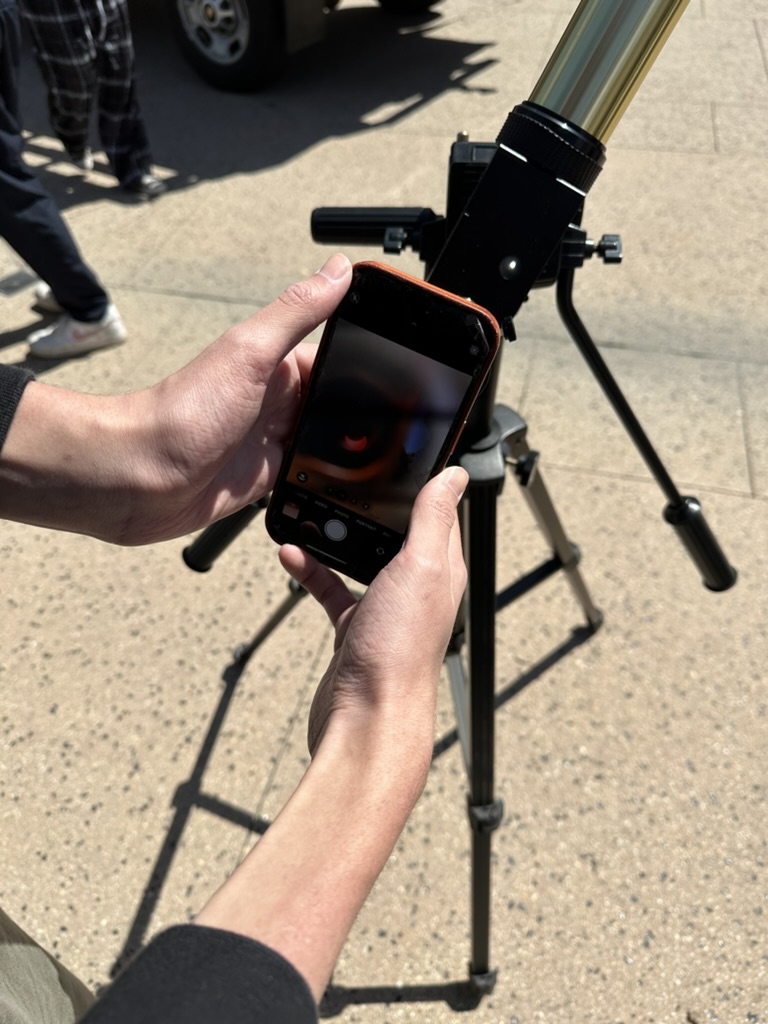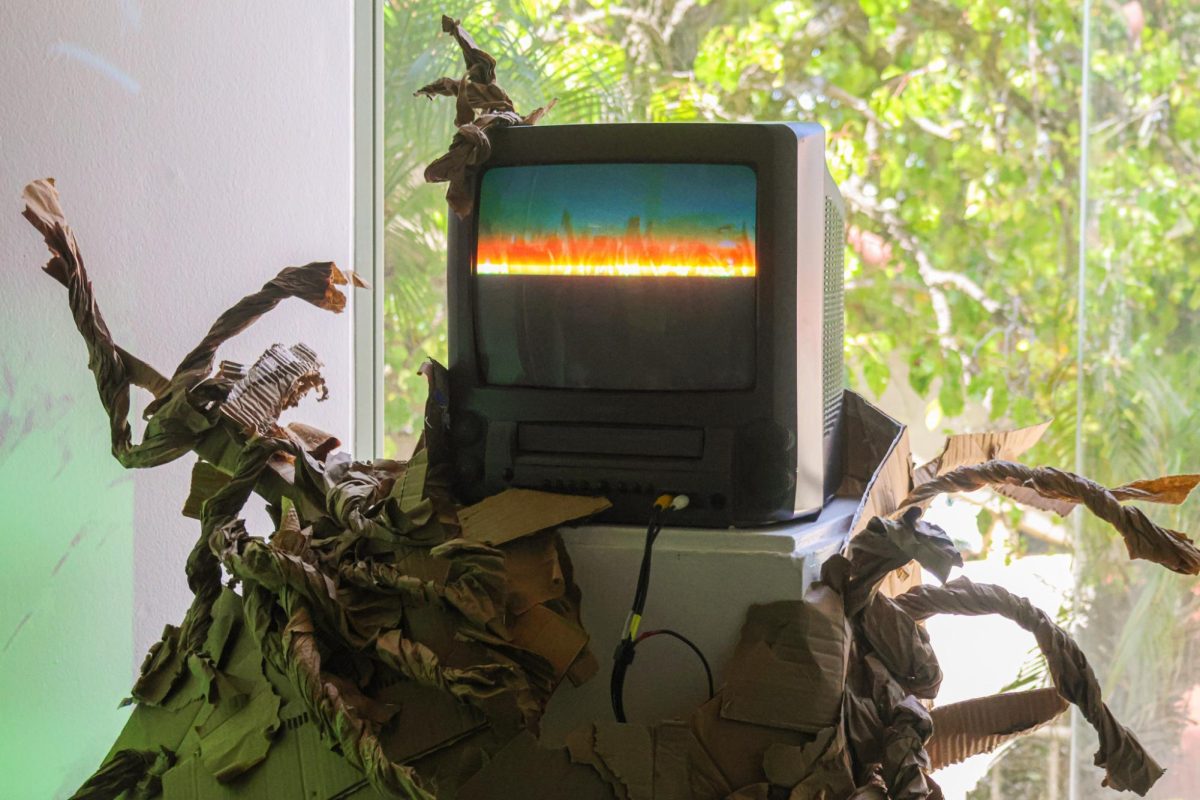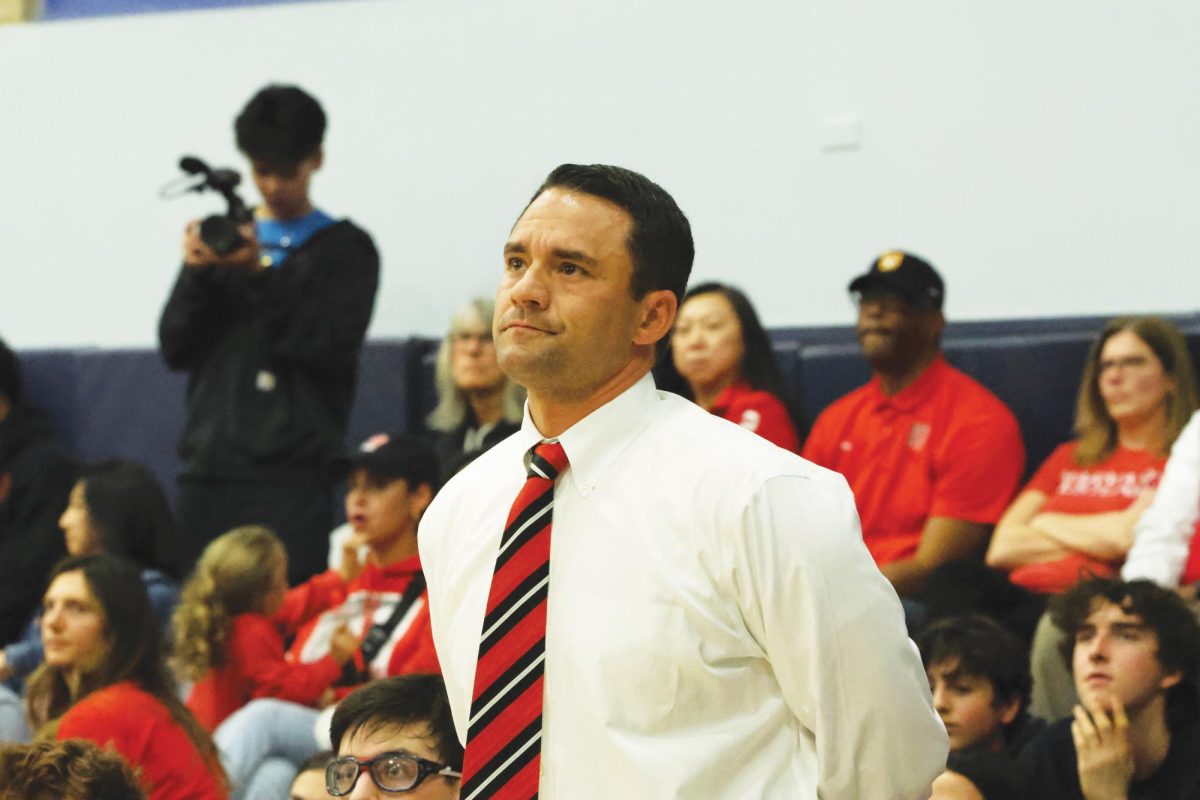This was my first time out of the country without my parents, and my first time in Southeast Asia. I had been to Mexico to do charity work, but then I could run to my mother whenever something different from normal life in the bubble that is America scared me. We had even packed Korean food to eat while we were there.
This time, I was going with adults I had never known before and classmates I had never known well. I had no idea what the food would be like in Laos.
Before I went there, I had not even known where the country was on the map. I dreaded having to ask all the time if the water was safe to drink, and I was terribly afraid of getting lost. My mother gave me, along with a giant load of baby wipes, hand sanitizer and granola bars, an absurd amount of “emergency money,” telling me if I did get lost, to buy an airplane ticket and fly home instead of bothering to find my group, and also never to hire a cab; it just was not safe. This only frightened me more, and the last thing I remember doing while waiting for our flight is shaking from nerves.
I know these confessions sound anything but fitting for someone who signed herself up for an “Investigative Journalism Adventure” to document the effects of the Secret War waged on Laos by the United States during the Vietnam War. At least I can assure anyone that what I saw on this trip was well worth the anxiety.
During a layover we toured some of Bangkok, where next to temple roofs encrusted with glittering jewels I saw rows of houses made of rusting sheet metal. There didn’t seem to be any segmentation between rich and poor neighborhoods. Every one of these sheet metal houses had perched on its roof a giant red satellite dish. One company seemed to have a monopoly on all of Thailand’s television service. In Laos, one company made almost all of the motorcycles, and one made almost all of the vans. Essentially every restaurant or bar or hotel had on its sign a picture of a brand of beer called Beerlao.
Eventually, we landed in Vientiane, the capital of Laos, at an airport the size of a small train station and passed through customs by handing our documents to officers sitting in little booths of bamboo.
We visited COPE, an organization that provides prosthetics to victims of the cluster bombs left in the ground from the Secret War. The purpose of these bombings by the United States had been to get rid of communists in Laos and cut off a supply trail the North Vietnamese had used during the Vietnam War. More than two million tons of ordnance were dropped, and about one third of the bombs did not explode right away, most of them remaining in the ground today.
We met a man who lost both of his hands and his eyesight when one of these unexploded ordnances had blown up near him on his 16th birthday. He was one of the happiest and funniest people I had ever met, even when he had lost so much.
Next, we surveyed a hospital, barely lit and full of chaos with patients scattered all over the place, some of whom were the casualties of unexploded ordnances. I realized that the Secret War affected people even now. I remembered how I had not had one clue about what was going on in Laos before I arrived. Now I had met real people with real problems because of the Secret War, and there was more to come.
In Xiangkhouang Province we spent most of our time visiting and interviewing families of bomb victims. As we approached our landing at an airport the size of a house, we could see a lot of pockmarks in the ground – bomb craters.
Among the people we visited on our first day was a 3-year-old who had lost his eyesight and much of his face to shrapnel from an unexploded bomb. I had the privilege of playing with him and meeting his grandmother, who reminded me so much of my own.
The next day we visited another family whose father had lost both legs because of a bomb that exploded while he was working in the fields. His oldest son, about my age, had dropped out of school to take care of his five siblings.
These were brave people that I met. Interviewing them was by far my favorite part of the trip. I had always liked asking questions, but these interviews were set apart by the stories they had to tell.
We spent our last few days in Luang Prabang, visiting preschools to play with the kids and taking the time to ride elephants and shop.
When I got home I was too tired to tell my parents about the people I met. Instead, I went on and on about things that seemed like more of a backdrop, like signs in the airport warning travelers not to sneak their livestock through security inside their suitcases. The last thing I told my mom before she went to sleep was that Korean pop stars were very popular in Laos.
But now that I’m home and over the jet-lag, I do want to tell people about the really important parts of my trip — all the stories I had gotten from the incredible people I had met in Laos. I don’t want to wallow in ignorance as I did before I left. The next step for me to take is to let people know first how different it is in places like Laos, then how they can help the situation there.






































